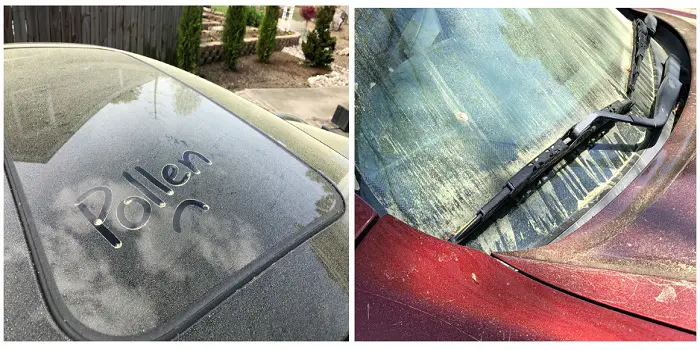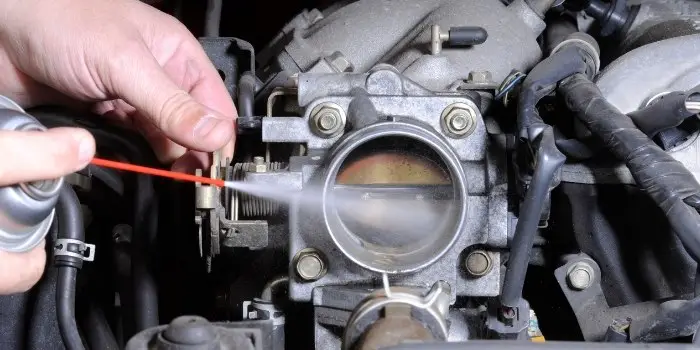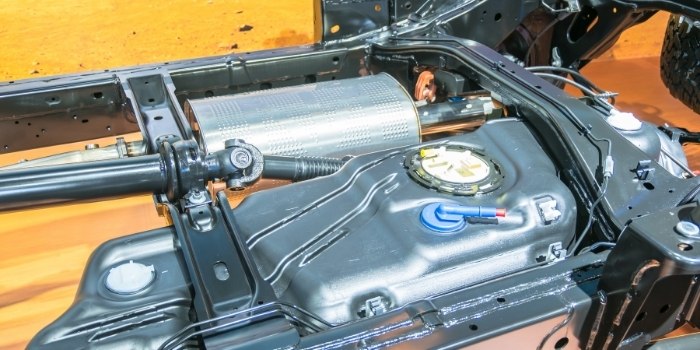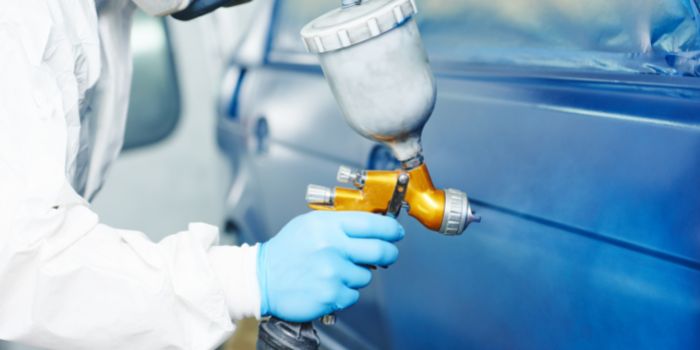
When it comes to painting your car, there are a lot of different choices out there.
Two of the most popular types of paint that are getting popular in recent times are acrylic enamel and acrylic urethane.
While both can be used for similar purposes, they do have some key differences that you should consider before making your final decision.
But what’s the difference between these two types of paint? And which one is right for you? Keep reading to find out!
Acrylic Enamel Auto Paint
Acrylic Enamel (AE) is typically an easy-to-use, high gloss, single-stage paint coating system that’s designed for refinishing automobiles including cars, trucks, campers, etc.
This type of single-stage professional paint coating is today also used as a fleet and as equipment coating in various industries.
The good thing about using AE coating for automotive is it’s easy to spray and dries very fast. Plus, it helps in providing a long-lasting high gloss finish result that lasts.
Also, there are many different modern paint colors available in acrylic enamel that can help you create a stunning and inviting look for your car.
Whether you want a bright and cheerful vibe or a more subdued and sophisticated look, there is sure to be a color that suits your style.
Acrylic Urethane Automotive Paint
Acrylic urethane auto paint is a newer type of paint that was first developed around the 1980s.
It is known for its high gloss finish and easy application process.
Acrylic urethane automotive paint is basically a mixture as it is a paint and primer in one.
This means that you don’t have to worry about applying a separate primer before painting your car.
It also has a higher solids content, which means that it can provide better coverage and a more durable finish.
Acrylic urethane paints are also available in a wider range of colors than enamel paints, so you have more options to choose from.
However, the thing you need to remember is that compared to acrylic enamel auto paint, it can be more difficult to work with and requires special care during the painting process.
Acrylic Enamel vs. Urethane Auto Paint
| Acrylic Enamel | Acrylic Urethane |
|---|---|
| Chips easily | Easier to apply |
| Not as glossy | More glossy |
| Requires more prep work | Can be more expensive |
| Can’t be buffed | Can be buffed |
| Difficult to apply in cold weather | Requires special care during the painting process |
| Can’t be applied in direct sunlight | Can be applied in cold weather and direct sunlight |
| Not as durable and can fade over time | More durable and more resistant to fading |
| Not very effective against rust | Excellent rust protection |
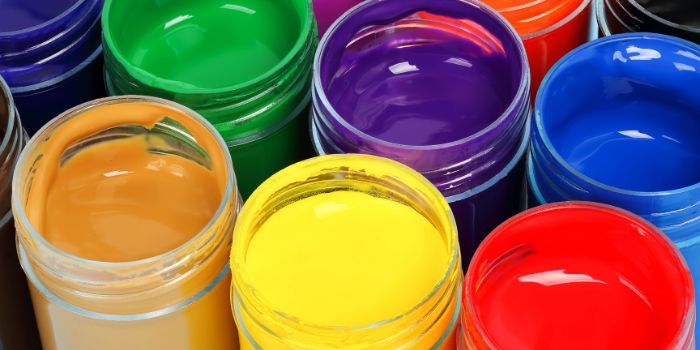
Acrylic Enamel vs. Urethane: Which One Should You Choose?
As we have seen above there is quite a bit of difference between these paints.
While each one of them has its own set of pros and cons, both can be a great way to paint your vehicle.
Acrylic enamel is easier to work with but not as durable, while urethane is more difficult to apply but will last longer.
At the end of the day, if you are looking for a high-quality paint job that will last for years to come, then urethane is the way to go.
However, if you are on a budget or are new to painting cars, then enamel paint may be a better option for you.
Keep in mind that both types of paint have their pros and cons, so it is important to carefully consider your options, specific needs, and budget before making a final decision.
Single-Stage vs. Two-Stage Auto Paint: Which Is Best for Your Car?
When it comes to giving your car a fresh coat of paint, the choice between a simpler, all-in-one finish and a more layered, high-shine look can be a bit confusing.
A single-layer system combines both color and gloss, so you don’t need an extra protective coat on top.
Everything you need—resins, pigments, and hardeners—is already mixed, making the process quicker and more straightforward.
For older vehicles or restorations, this approach is often a practical choice, offering durability without too much fuss.
One of the advantages of this approach is how forgiving it is. Since everything is applied in one go, mistakes are easier to correct, and you don’t need to worry about balancing multiple layers.
It also stands up well to minor wear and tear, which is a relief if your car sees daily use or occasional road trips.
For someone looking for a reliable and functional finish rather than a mirror-like shine, it’s a smart option.
On the other hand, the layered method separates the color from the protective finish.
First comes the base layer, giving your car its vibrant hue, followed by a glossy topcoat that not only enhances depth and shine but also protects the paint from sun damage and weathering.
This method takes a bit more patience—each layer needs proper drying time, and sanding between coats can make all the difference in achieving a flawless surface.
Techniques like wet sanding, where you use water and fine abrasives to smooth out imperfections, and thinning the paint to the right consistency for spraying, are key to getting professional-level results.
Paying attention to these details ensures the topcoat lays evenly and shines beautifully without streaks or rough spots.
Whether you’re using a high-pressure gun or a smaller spray system, the preparation often matters more than the paint itself.
What about Acrylic Lacquer – Is it a Good Paint for Touching Up Your Vehicle?
Acrylic Lacquer is basically a third type of acrylic touch-up paint that can be used for your vehicle.
Although it can be used for touching up older cars it’s not an ideal solution for newer luxury cars.
The fact is most body shop professionals consider this type of paint to be a bit outdated because it doesn’t last as long as other acrylic options we discussed above.
When exposed to extreme temperatures, humidity, or chemicals, this paint can wear out fast.
Also, keep in mind that this Acrylic auto-paint type is illegal in some places. So, make sure you check with your state’s regulations before using this on your vehicle.
In conclusion, there are a few key differences between the two types of car paints, namely enamel and urethane.
Acrylic enamel is easier to work with but not as durable, while urethane is more difficult to apply but will last longer. Consider your needs and budget before making your final decision.
Also keep in mind that if simplicity and resilience are your priorities, a single-layer approach will serve you well.
But if you’re chasing that deep, reflective finish that turns heads, investing time in the layered method will be worth it.
Either way, a little patience, careful preparation, and attention to detail will leave your car looking impressive and well-cared-for.

Based in Orem (Utah) John Paterson graduated from Utah Valley University and has begun writing in 2009. He has a large wealth of experience in writing articles related to cars, automotive repair, wheels, cleaning/maintenance, and much more. He has also written instructional articles in a similar niche for a few online publications as well. Currently, he works as a mechanic in his personal garage shop where he loves serving his countrymen from his heart.


